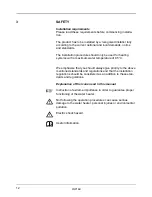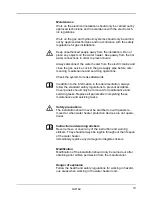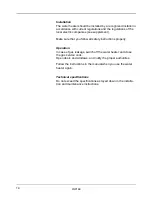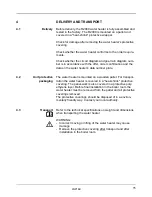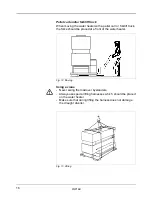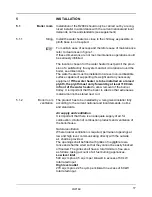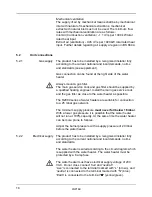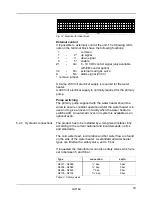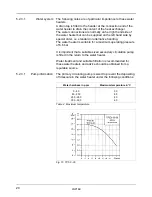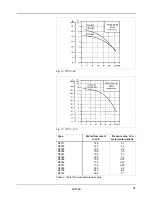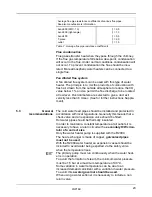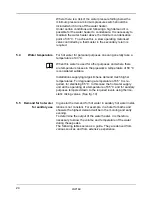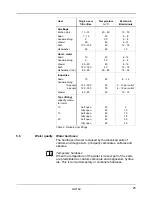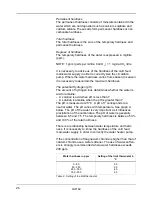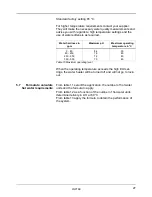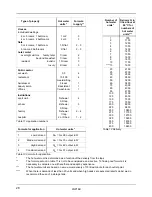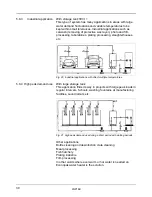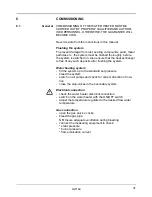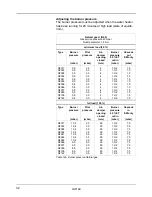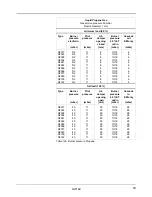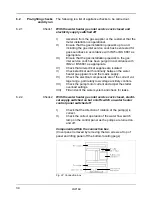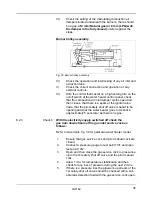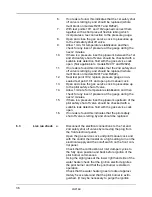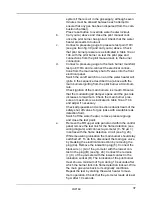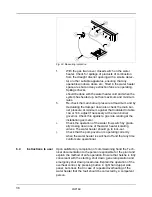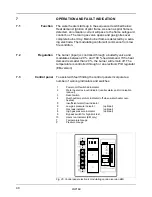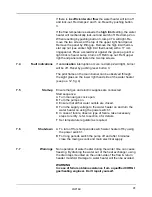
20IP18B
26
Permanent hardness
The permanent hardness consists of minerals contained in the
water which are not deposited such as calcium sulphate and
calcium silicate. These salts form permanent hardness or non
carbonate hardness.
Total hardness
The total hardness is the sum of the temporary hardness and
permanent hardness.
Degrees of hardness
The temporary hardness of the water is expressed in mg/litre
(ppm).
NOTE: 1 ppm (parts per million CaCO ) = 1 mg CaCO /litre
3
3
It is necessary to advise us of the hardness of the cold feed
mains water supply in order to correctly size the circulation
pump. Where the water hardness varies from season to season
it is necessary to ascertain the maximum hardness.
The potential Hydrogen (pH):
The amount of hydrogen ions determines whether the water is
acid or alkaline.
- A solution is acid when pH is less than 7
- A solution is alkaline when the pH is greater than 7.
The pH is measured at 25 °C. A pH of 7 corresponds to a
neutral water. The pH varies with temperature. See graph A
below. The pH of the water is very important as it influences
precipitation of the carbonates. The pH of water is generally
between 6,5 and 7,5. The temporary hardness is between 50 %
and 100 % of the total hardness.
There is a relationship between water temperature and hard-
ness. It is necessary to know the hardness of the cold feed
main water supply in order to correctly the water heater pump.
If the concentration of magnesium chloride is higher than that of
calcium chloride use a water softener. The use of water soften-
ers is strongly recommended where water hardness exceeds
200 ppm.
Water hardness in ppm
Setting of the limit thermostat in
°C
0 - 80
95
80 - 250
90
250 - 350
85
350 - 500
65
Table 9 Setting of the limit thermostat
Summary of Contents for ECONOPAK R2000
Page 6: ...20IP18B VI ...
Page 65: ...20IP18B 57 ...

